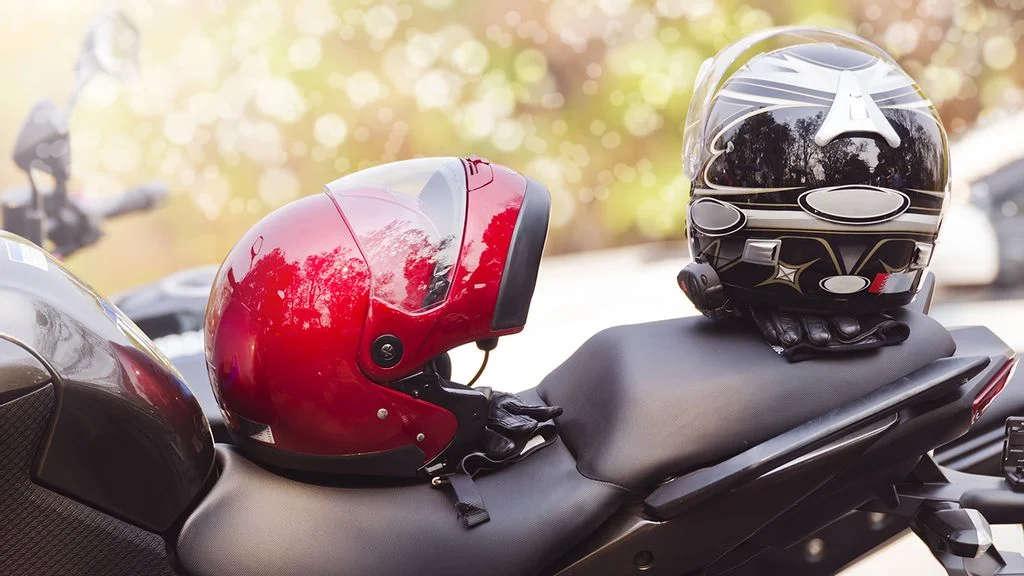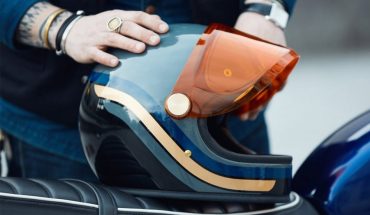When it comes to motorcycle helmet design, safety should always take precedence over style. While a sleek and stylish helmet may enhance your overall look, the primary purpose of a motorcycle helmet is to protect your head and potentially save your life in the event of an accident. Understanding and prioritizing safety features in helmet design is paramount for every rider.
When it comes to motorcycle helmet design, safety is paramount. While style and aesthetics certainly play a role, the primary purpose of a motorcycle helmet is to protect the rider’s head in the event of a crash or impact. Understanding the crucial safety features in motorcycle helmets goes beyond just choosing a fashionable option and ensures that riders are adequately protected on the road.
1. Impact Absorption: Foam Liner
One of the key safety features in modern motorcycle helmets is the foam liner, often made from expanded polystyrene (EPS). This liner is designed to absorb the energy from an impact by compressing upon impact, reducing the force transmitted to the rider’s head. The liner’s effectiveness in absorbing energy can significantly decrease the risk of traumatic brain injuries.
2. Shell Material and Construction
These materials provide structural integrity and help distribute impact forces over a larger area. The shell’s construction and thickness contribute to the helmet’s overall strength and ability to withstand impact.
3. Chin Bar Protection
In full-face helmets, the chin bar offers added protection to the lower part of the face and jaw. This feature is crucial in preventing facial injuries during crashes. A strong and well-designed chin bar can minimize the risk of facial fractures and soft tissue injuries.

4. Visor and Eye Protection
Visors or face shields not only provide clear visibility but also protect the rider’s eyes from debris, wind, insects, and UV radiation. A scratch-resistant and shatterproof visor is an essential safety feature, as it ensures unobstructed vision and prevents potential eye injuries during rides.
5. Secure Retention System
A secure and properly fitting helmet is essential for safety. Helmet retention systems, such as chin straps and buckles, ensure that the helmet stays in place during a crash. A well-fitted helmet reduces the risk of the helmet coming off upon impact, enhancing its protective capabilities.
6. Impact Standards Compliance
Certification by relevant safety standards, such as DOT (Department of Transportation) or ECE (Economic Commission for Europe), is a crucial indicator of a helmet’s safety performance. Helmets that meet these standards undergo rigorous testing for impact absorption, penetration resistance, and field of vision, providing riders with confidence in their protective gear.
In conclusion, motorcycle helmets are designed with an array of safety features to protect riders from head injuries and enhance their overall safety on the road. When choosing a motorcycle helmet, riders should prioritize safety features over style, ensuring that the helmet meets the necessary safety standards and offers the essential elements for impact protection and rider well-being.













